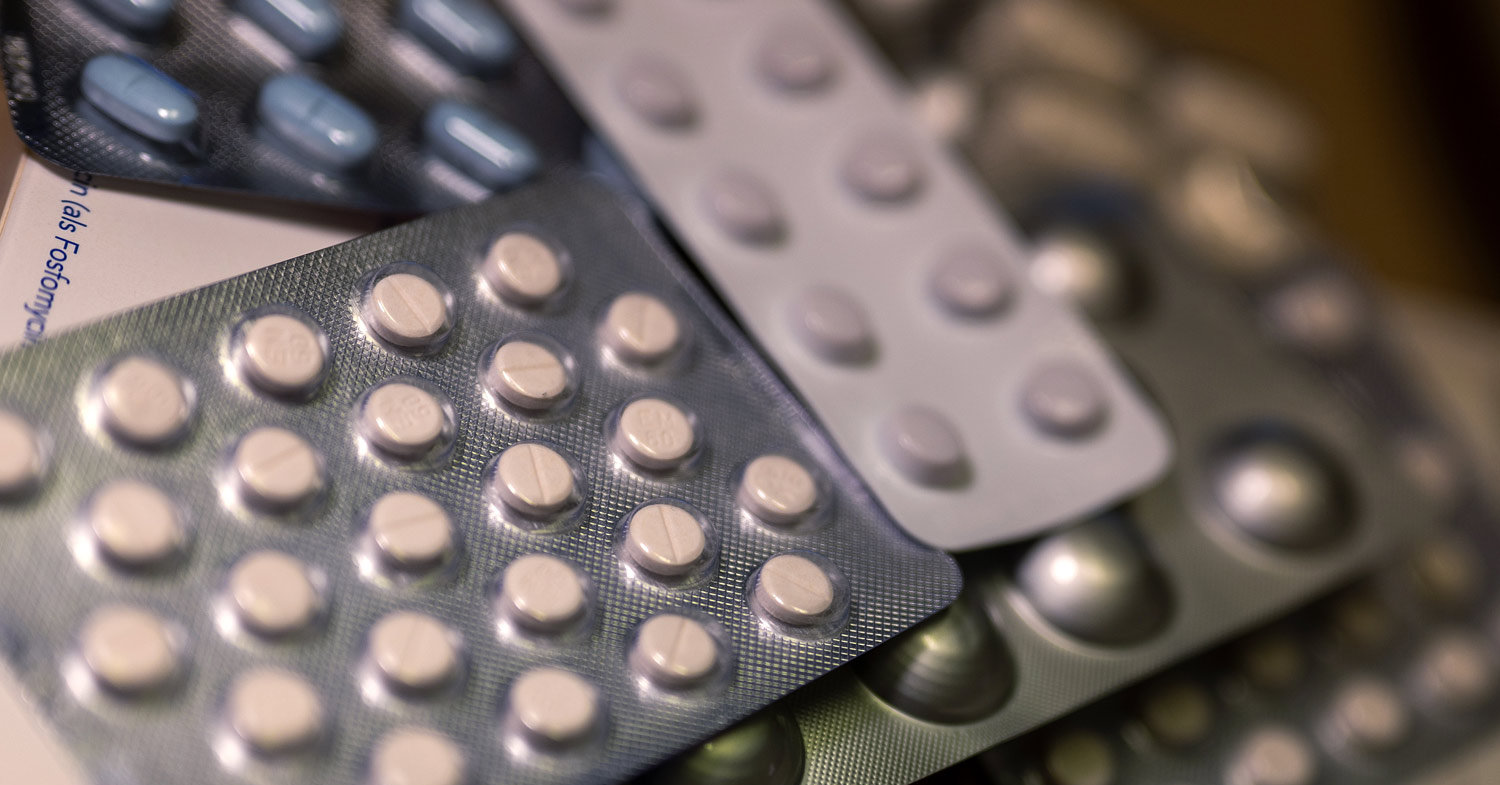Revision of the Human Medicinal Products Act
As a result, effective water protection is made considerably more difficult. In contrast to industrial chemicals, for example, drug manufacturers have only had to submit data to the approval authorities and can also rely on extensive exceptions, so that in practice no data is often submitted at all, as Teppe explains.
Meanwhile the wind is changing. Negotiations for new regulations are underway at EU level. The Commission has announced that it will present a first draft of the new human pharmaceutical law in the coming days or weeks.
80 tons of painkillers per year
“Hopefully, environmental concerns such as closing data gaps and data transparency will then be addressed at least to some extent,” hopes Teppe, who has been working for the Federal Environment Agency (UBA) for a few months. In 2022, she was awarded the Körber Foundation’s German Study Prize for her legal doctoral thesis on the problem at the Hamburg University of Applied Sciences (HAW) and the University of Hamburg.
A problem area is the substance diclofenac, which is often administered as an ointment. In Germany, around 80 tons of the active ingredient are used every year. “A maximum of six percent arrive at the desired destination in the body,” says Gerd Maack from the UBA’s specialist group for the environmental assessment of medicinal products. A large part of the active substance goes into the waste water. However, only a part is eliminated in the sewage treatment plants.
Aging baby boomers
In Germany, thousands of tons of biologically active substances from human and veterinary medicine are currently released into the environment via waste water, sewage sludge and liquid manure. More than 2000 different substances are on the market.
The problem will become more explosive: the baby boomer generation is reaching retirement age – and seniors in particular are taking a lot of medication. Compared to 2015, an up to 70 percent increase in the use of prescription drugs can be expected by 2045, says UBA expert Maack.
Limits of the 4th cleaning stage
The EU Water Framework Directive now provides for a further purification stage, and more and more 4th purification stages are being installed in Germany too. They hold back trace substances, for example through so-called ozonation or activated carbon filtration.
“Many active ingredients such as X-ray contrast media just rush through there,” says Maack. Various other measures are therefore being discussed, such as an environmental compatibility traffic light as additional information for specialist staff. “Active ingredients like diclofenac should no longer be sold without a prescription,” says Maack, another possibility.
Many substances are hardly degradable
The amounts of many substances add up in the environment. “Drugs are often very stable compared to other chemicals,” explains Maack. After all, they are created to survive inhospitable parts of the body such as the gastrointestinal tract and passages through cell walls. In the environment, they are often only broken down very poorly and retain their biological effectiveness for a long time.
When it comes to new developments, pharmaceutical companies pay attention to an even longer shelf life – for example, so that medicines only have to be taken once a day instead of twice a day, says Maack. So far, no attention has been paid to environmental compatibility during development. The pharmaceutical company association vfa states that it is only possible to a limited extent to develop chemical-synthetic active ingredients that are readily biodegradable from the outset.
Unclear long-term effects on humans
What is clear is that the substances inevitably get into drinking water and mineral water through the withdrawal of water from bodies of water and groundwater. “It’s not necessarily less polluted than water from the tap,” says Maack.
The concentrations are usually far away from therapeutic efficacy. However, the possible long-term consequences for humans and potential interactions are completely unclear, Maack points out. “We are all the long-term subjects for this.” (dpa/hp)
